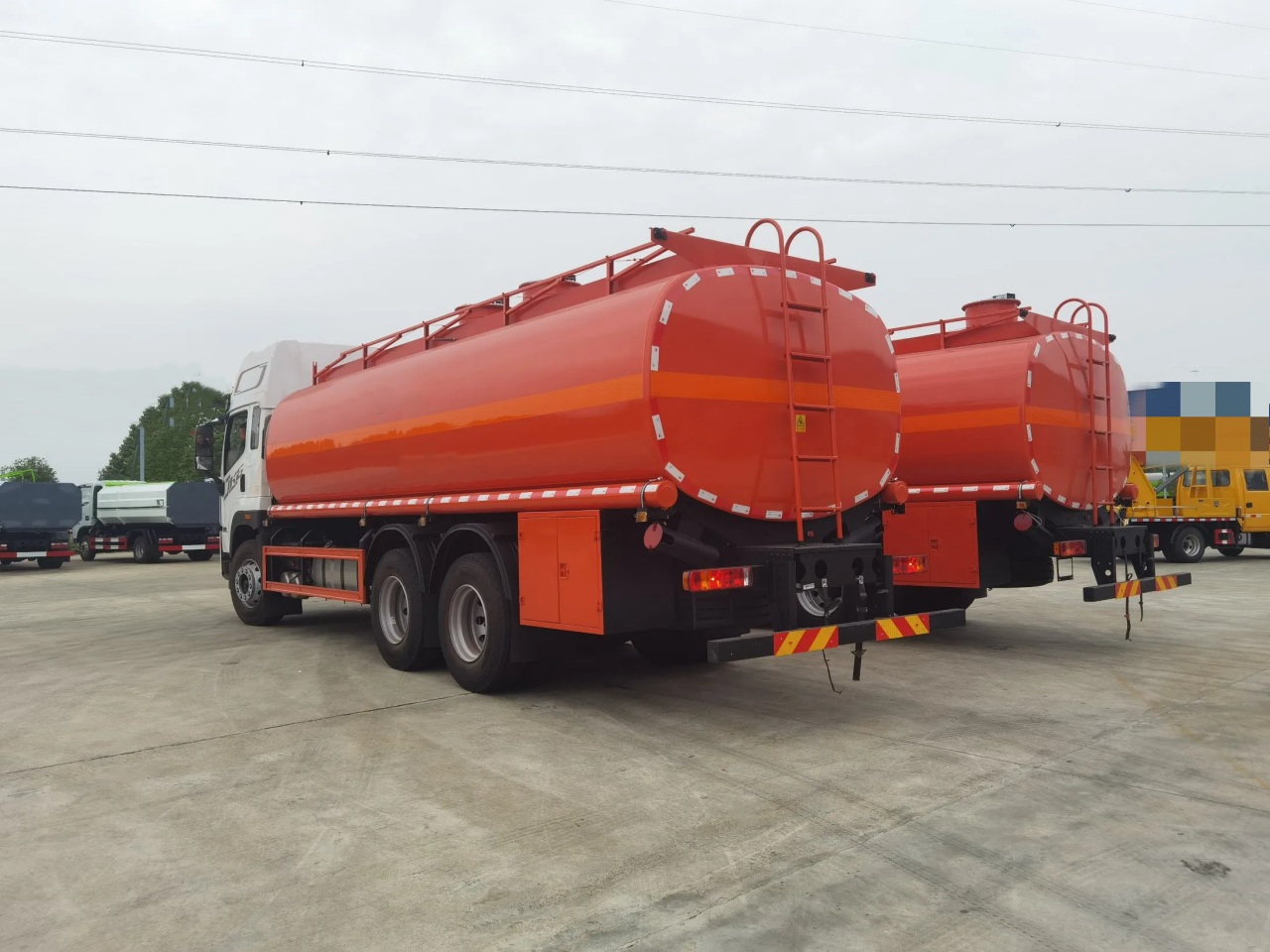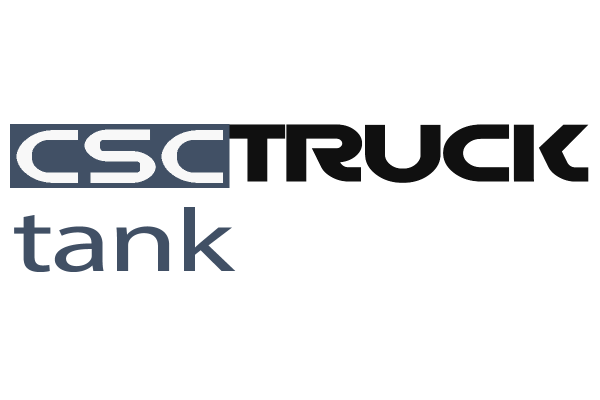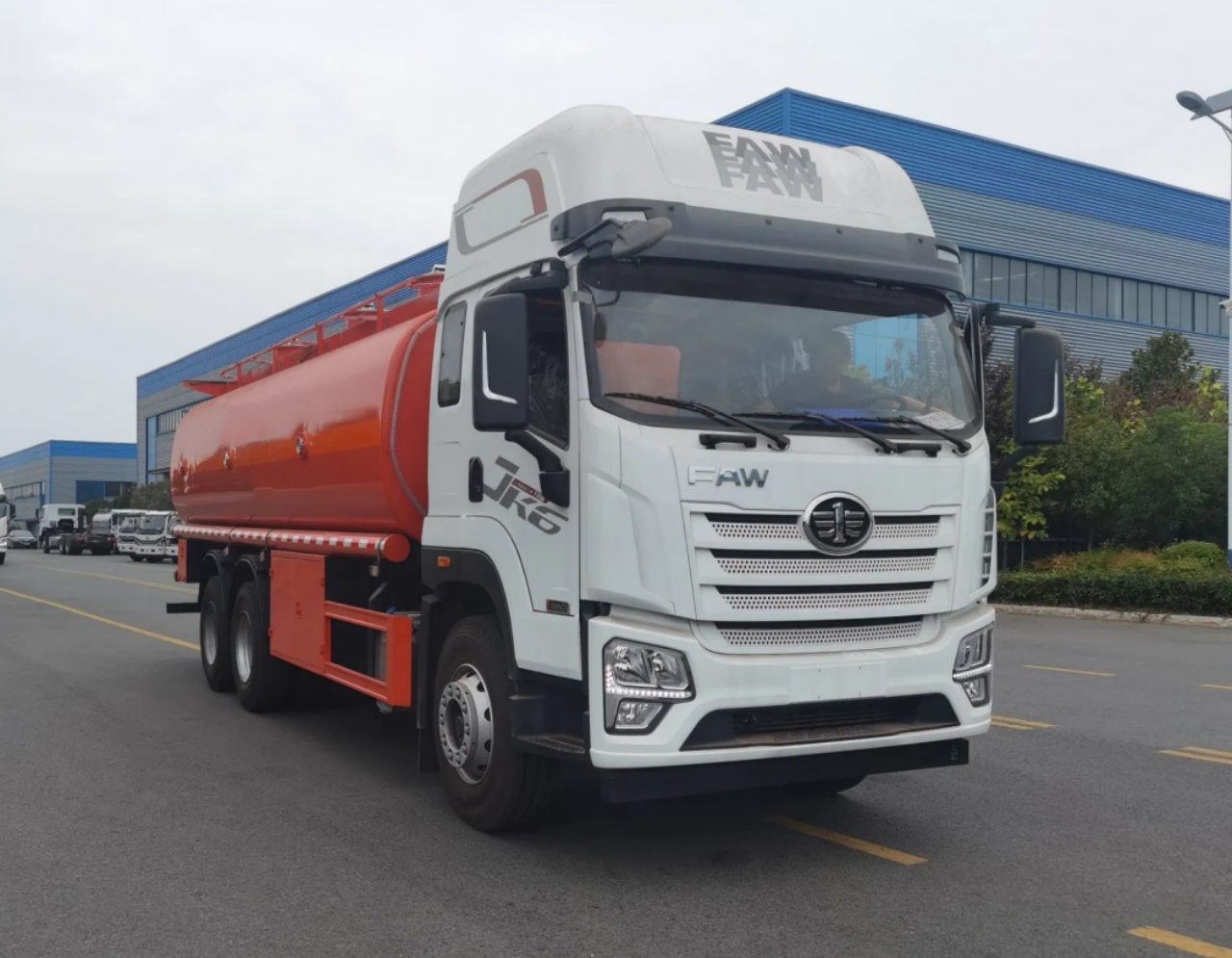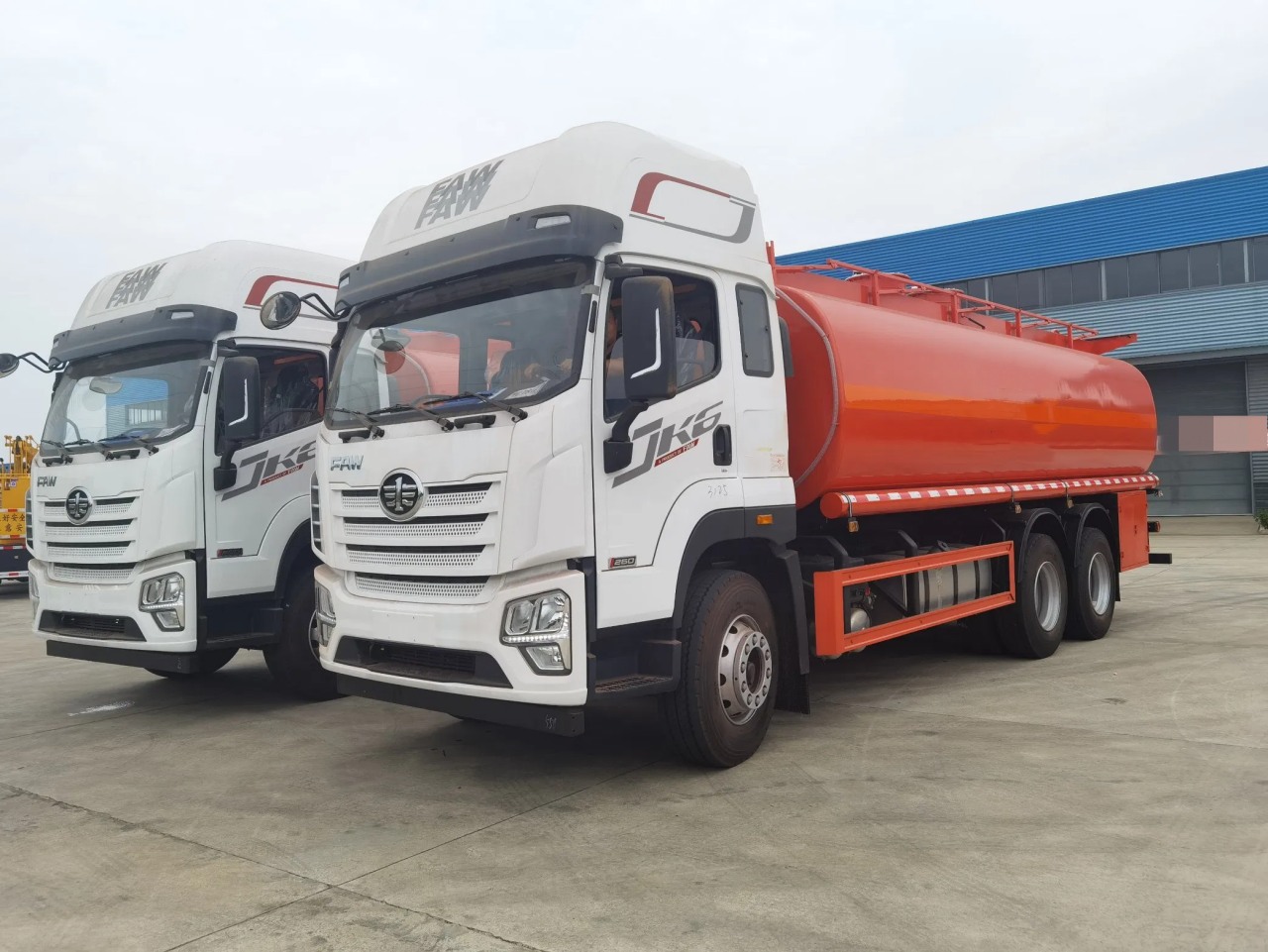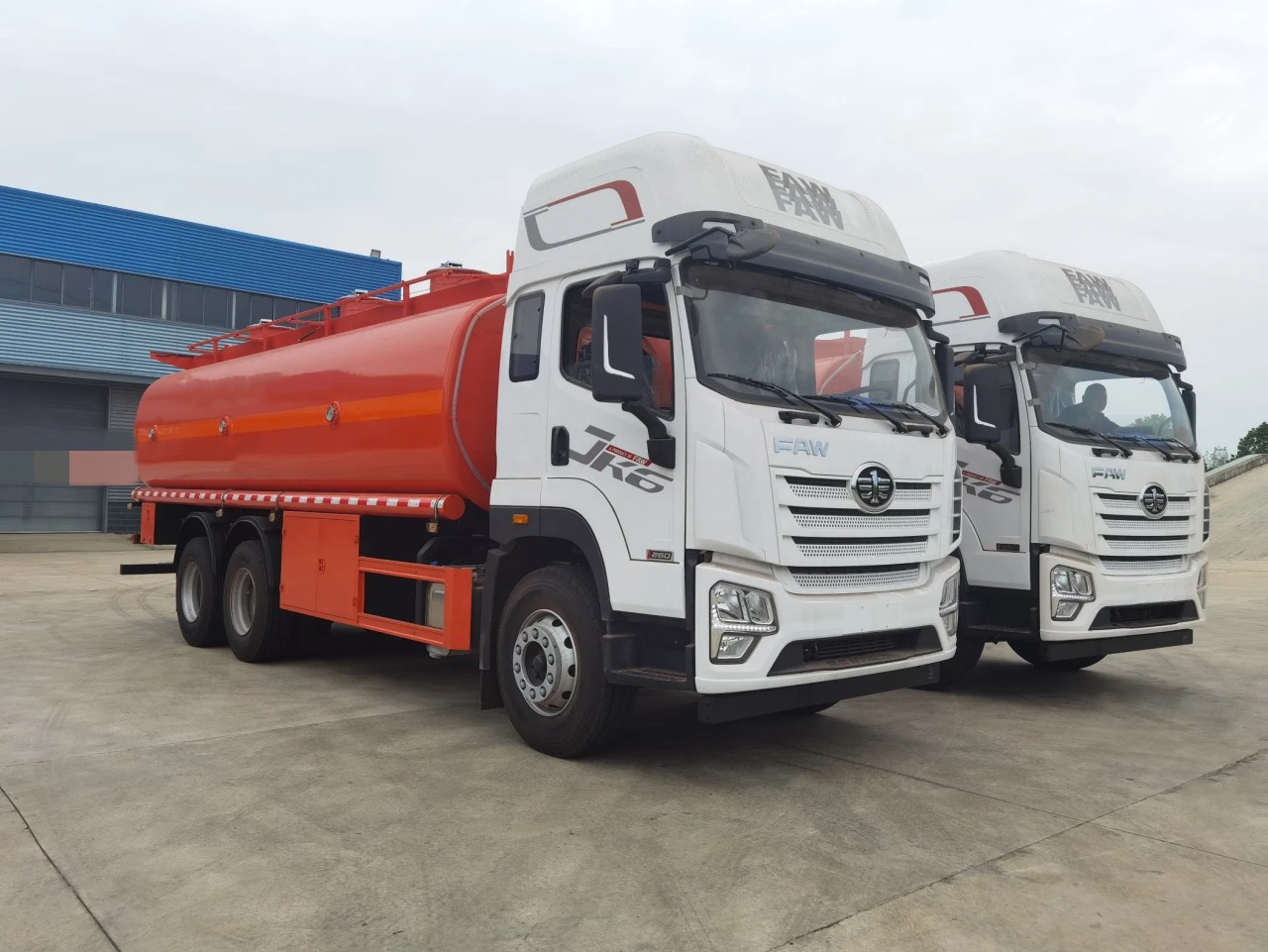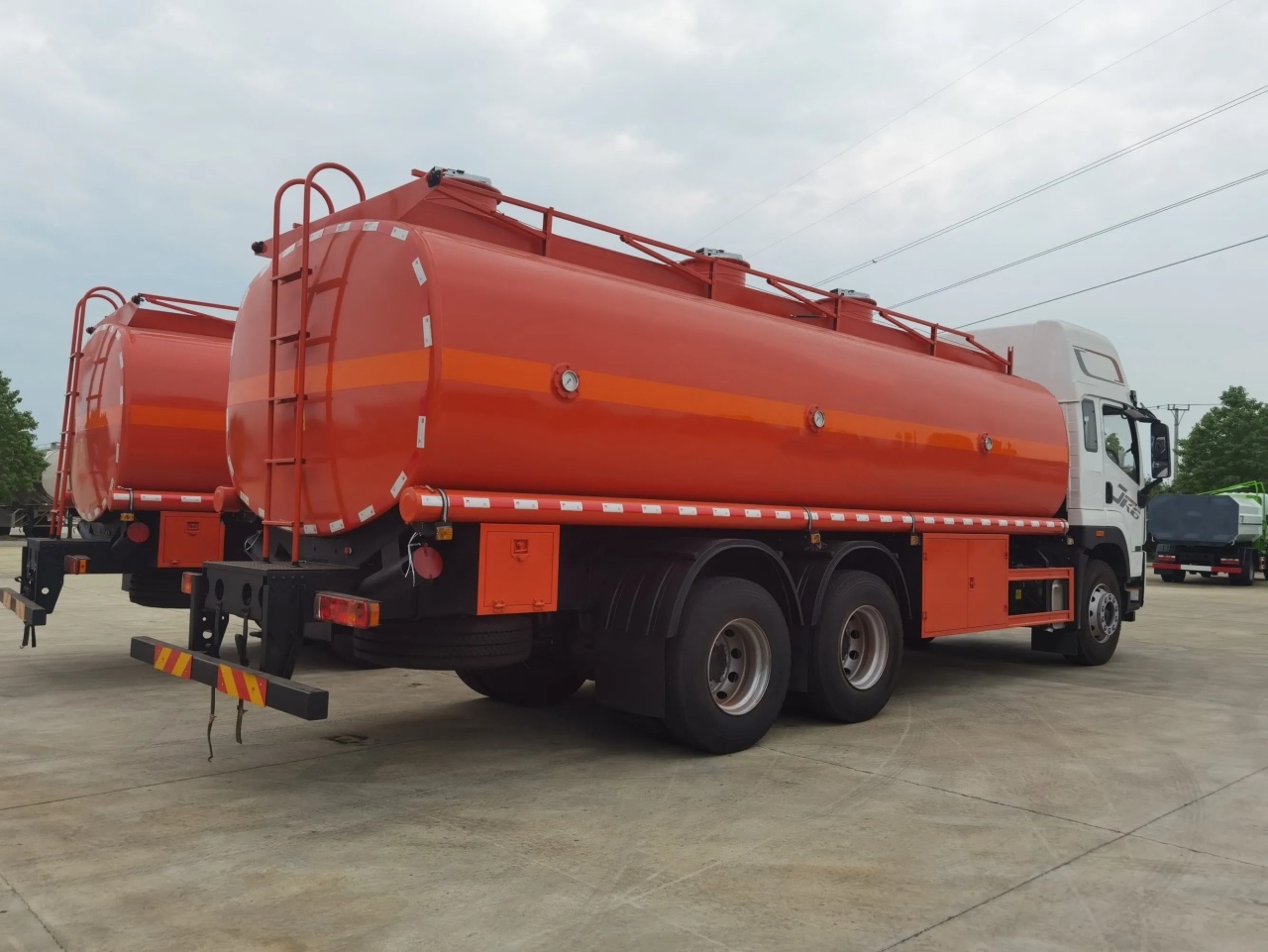Tanker trucks are an essential part of global logistics, transporting vast amounts of liquids such as fuel, chemicals, water, milk, and even dry bulk materials like cement and grain. However, due to their cargo, often hazardous, heavy, or both, tanker trucks pose unique safety risks compared to other types of vehicles on the road. Understanding how safe tanker trucks are involves examining their design, safety technologies, regulatory requirements, accident statistics, and operational practices.
1. Tanker Truck Design and Safety Features
Modern tanker trucks are engineered with multiple safety features to mitigate the risks associated with transporting liquids and gases.
- Compartmentalized Tanks: Many tankers are divided into multiple compartments to reduce the “sloshing” effect of liquids during transit. This helps prevent vehicle instability and rollover accidents.
- Baffles: Inside the tank, baffles are installed to break up the movement of the liquid, further controlling slosh and improving vehicle control.
- Pressure Relief Valves: These are vital for trucks carrying volatile or pressurized materials, allowing excess pressure to safely escape and reducing the risk of explosions or tank ruptures.
- Emergency Shut-Off Valves: In the event of an accident or leak, shut-off valves can immediately stop the flow of material, limiting spillage and exposure to hazards.
- Double-Shell Construction: For high-risk cargo, such as corrosive or flammable liquids, a double-shell (or double-walled) design provides an added layer of containment in case of damage to the outer tank.
2. Driver Training and Licensing Requirements
Safety also hinges on the professionalism and training of tanker truck drivers. In most countries, operating a tanker truck requires a commercial driver’s license (CDL) with special endorsements.
- Hazardous Materials Endorsement (HME): Drivers must pass background checks and additional written exams to carry hazardous substances.
- Tanker Endorsement (N): This credential is necessary for anyone transporting liquid loads, regardless of their classification as hazardous.
- Continuous Training: Companies often provide recurrent training covering spill response, defensive driving, fire suppression, and proper loading/unloading procedures.
Skilled drivers are critical for navigating challenging road conditions, maintaining vehicle stability, and responding appropriately in emergencies.
3. Regulatory Oversight and Compliance
Tanker truck safety is heavily regulated at both national and international levels. In the United States, the Department of Transportation (DOT), Federal Motor Carrier Safety Administration (FMCSA), and Environmental Protection Agency (EPA) all play key roles.
- Hazardous Materials Regulations (HMR): These specify how hazardous materials must be packaged, labeled, and transported.
- Periodic Inspections: Tankers must undergo rigorous inspections to check for corrosion, cracks, and the functioning of safety equipment.
- Electronic Logging Devices (ELDs): Mandated in many regions, ELDs ensure drivers adhere to Hours of Service (HOS) limits, reducing fatigue-related incidents.
- Spill Prevention, Control, and Countermeasure (SPCC) Plans: For fuel and oil carriers, SPCC plans help prepare for and prevent environmental disasters.
This layered regulatory environment greatly enhances tanker truck safety through both proactive and reactive measures.
4. Common Risks and Accident Causes
Despite all precautions, tanker trucks are still involved in accidents, sometimes with catastrophic consequences. Key risk factors include:
- Rollover Accidents: Due to their high center of gravity and dynamic loads, tankers are particularly vulnerable to rollovers, especially when taking sharp turns or making sudden maneuvers.
- Spillage and Leakage: Even minor accidents can lead to spills, posing fire, explosion, or environmental contamination hazards.
- Traffic Collisions: As with any road vehicle, tanker trucks are susceptible to collisions caused by distracted driving, poor weather, or mechanical failure.
- Cargo-Specific Hazards: Chemical tankers may release toxic vapors, while fuel tankers can ignite upon impact.
According to U.S. National Highway Traffic Safety Administration (NHTSA) data, large trucks (including tankers) are involved in roughly 10% of fatal motor vehicle crashes, though tankers themselves are a smaller subset. While relatively rare, when tanker accidents occur, their consequences can be severe.
5. Technological Innovations for Safer Tanking
Advancements in vehicle and logistics technology have made tanker trucking safer than ever.
- Electronic Stability Control (ESC): Helps prevent rollovers by detecting and reducing loss of traction.
- Collision Avoidance Systems: Radar and camera-based systems can alert drivers to potential collisions or automatically apply brakes.
- Telematics and GPS Tracking: Allow companies to monitor vehicle location, speed, and behavior in real time, facilitating swift response to unsafe conditions.
- Automatic Tank Gauging (ATG): Ensures accurate monitoring of load levels to avoid overfilling or underloading, which can destabilize the vehicle.
- Onboard Cameras and AI: Driver monitoring systems can detect fatigue, distraction, or unsafe driving behaviors and alert drivers or dispatch centers.
These technologies, while not eliminating all risks, are valuable tools for reducing the frequency and severity of incidents.
6. Emergency Response and Spill Mitigation
Emergency preparedness is a critical component of tanker truck safety. When incidents occur, rapid response is essential to limit harm.
- Driver Protocols: Drivers are trained to secure the area, activate emergency shut-offs, and notify emergency services.
- Fire Department Hazmat Teams: Many fire departments have dedicated hazardous materials units trained to contain and clean up spills.
- Containment Equipment: Tankers often carry spill kits and containment booms to prevent the spread of hazardous materials.
- Insurance and Liability: Tanker operators are required to carry high levels of insurance, ensuring that cleanup and victim compensation can be promptly handled.
The effectiveness of emergency response plans can significantly reduce the long-term impact of accidents involving tankers.
7. Public Perception vs. Reality
The dramatic nature of tanker truck accidents often grabs headlines and creates a perception that they are inherently dangerous. However, statistics show that they are generally safe when operated under strict compliance and by experienced professionals.
The American Trucking Associations (ATA) and similar bodies around the world continuously promote best practices and safety campaigns that have led to a consistent decrease in hazardous materials incidents over the past 2 decades.
8. Conclusion: How Safe Are Tanker Trucks?
Tanker trucks are fundamentally safe when designed, maintained, and operated properly. Thanks to rigorous regulatory oversight, specialized training, technological innovation, and enhanced emergency preparedness, the industry has made significant strides in reducing risks. While no system can eliminate all accidents, particularly in the face of unpredictable events like weather or mechanical failure, the current safety framework surrounding tanker trucks ensures that they are among the most responsibly managed vehicles on the road.
In summary, while the potential consequences of tanker truck accidents can be severe, the actual risk of occurrence is relatively low. With continued investment in safety technology and driver training, the tanker industry is likely to become even safer in the years ahead.
